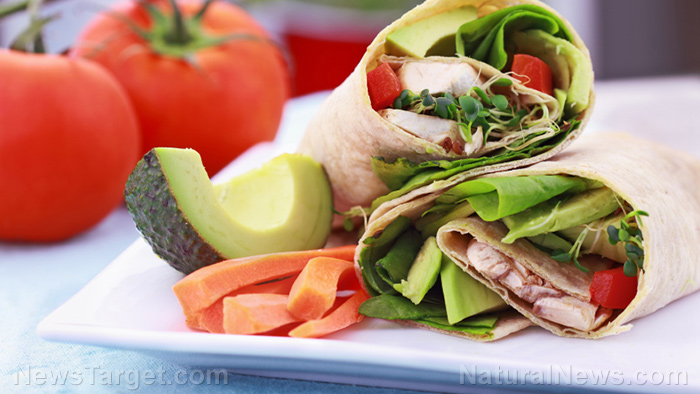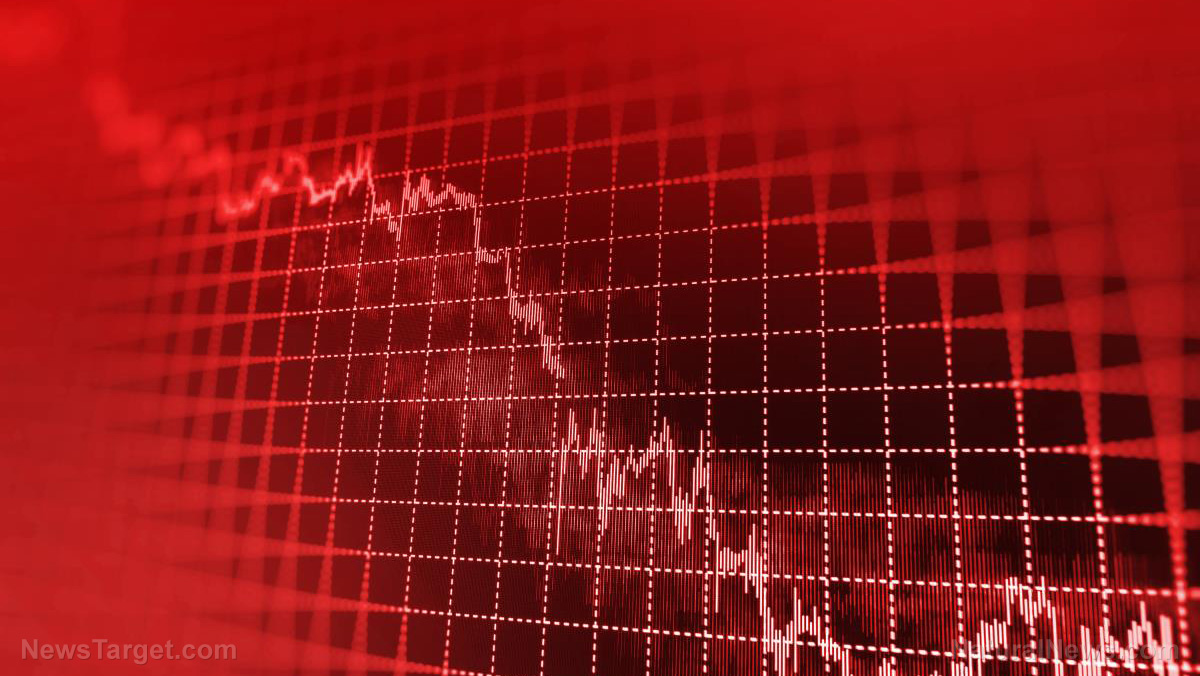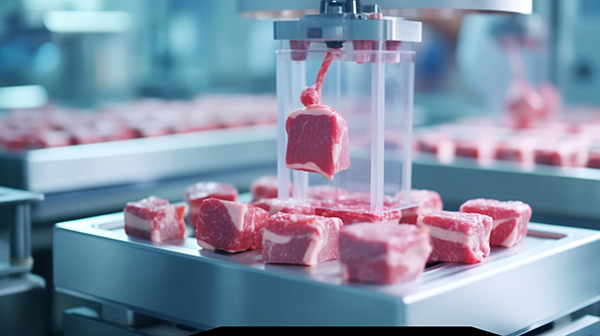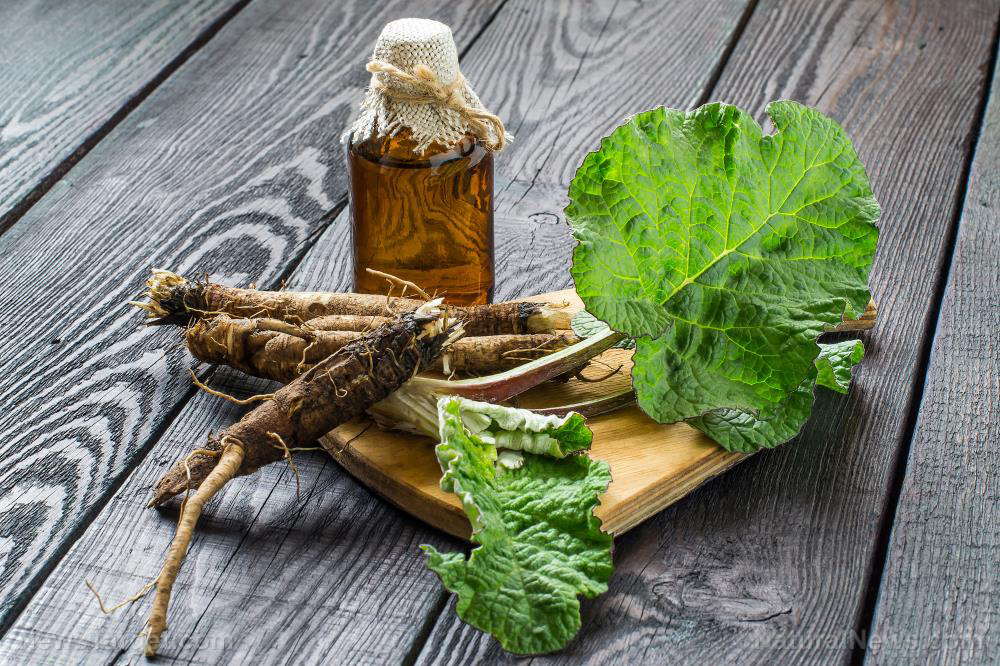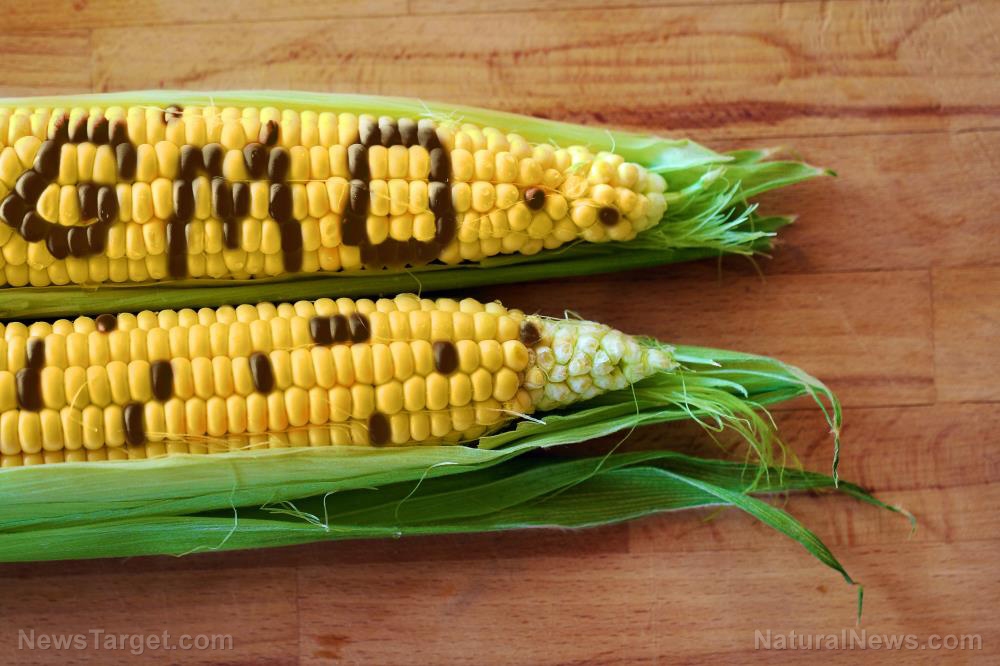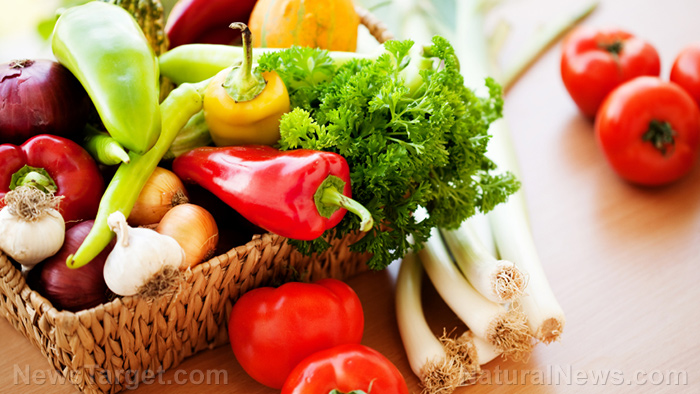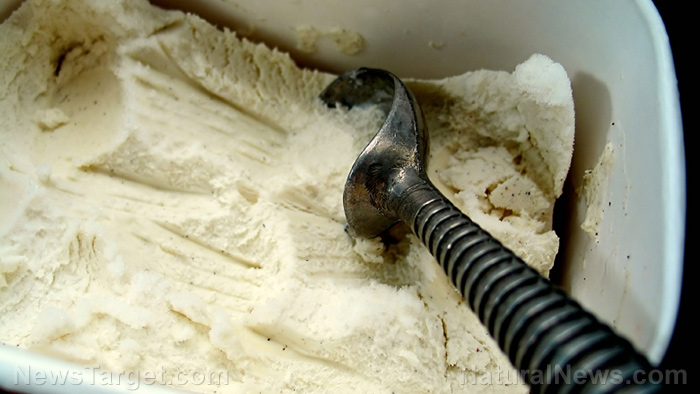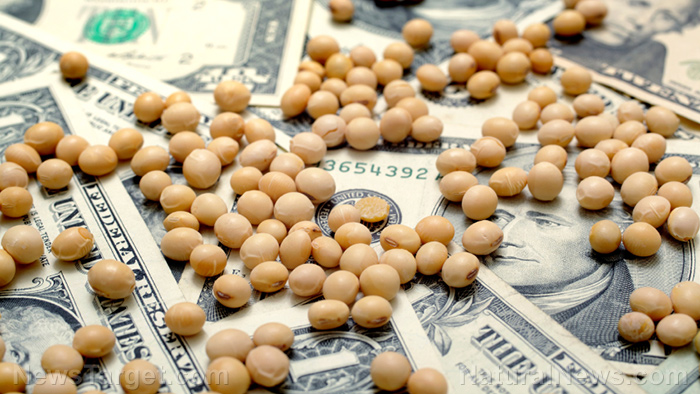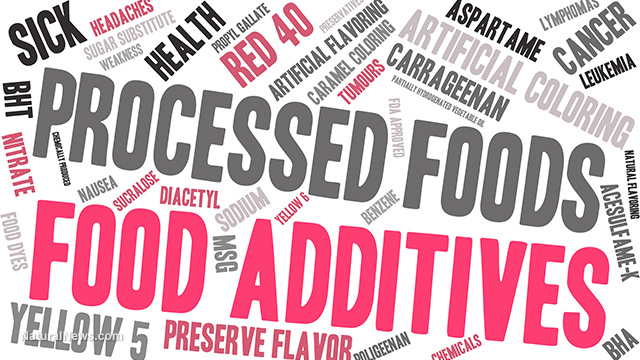Trump’s plan to IMPORT beef from Argentina sparks debate over food independence
10/23/2025 / By Ramon Tomey
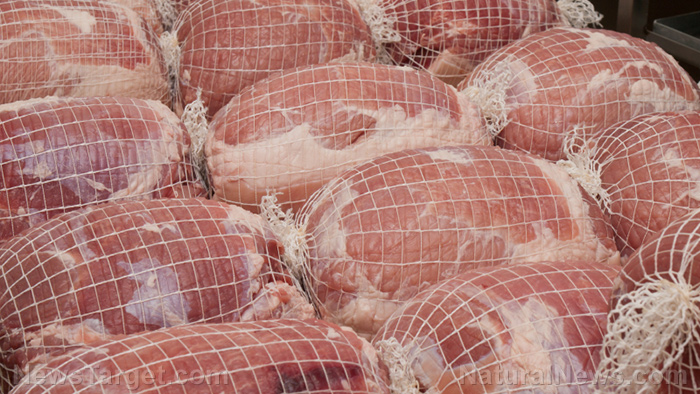
- President Trump suggests importing beef from Argentina to ease U.S. supply shortages and inflation, framing it as strategic support for a key ally amid Argentina’s financial crisis.
- U.S. cattle producers warn that imports could destabilize markets, hurt food security and undermine ranchers still recovering from drought and trade war losses.
- Economists argue Argentina’s beef exports (just two percent of U.S. imports) are too small to meaningfully lower prices, making the policy largely symbolic.
- Risks include introducing foreign diseases, GMOs and contaminants into the food supply while weakening local agriculture and empowering globalist food control.
- Ranchers fear imports will disincentivize herd rebuilding, jeopardizing U.S. self-sufficiency as climate and trade disruptions strain supply chains.
As rising beef prices squeeze American consumers and ranchers grapple with historic supply shortages, President Donald Trump has floated a controversial solution: importing more beef from Argentina.
The chief executive announced the proposal aboard Air Force One on Sunday, Oct 19, with the aim of alleviating inflationary pressures while bolstering a key South American ally. He framed the potential imports as a modest but strategic move.
“We would buy some beef from Argentina,” he told reporters aboard the presidential jet. “If we do that, that will bring our beef prices down.”
He emphasized Argentina’s status as a “very good country” and “a very good ally,” noting that the purchases would provide economic support amid the South American country’s deepening financial crisis. The administration has already extended a $20 billion currency swap lifeline to Buenos Aires alongside private investment incentives, signaling a broader effort to stabilize the nation’s collapsing peso.
But U.S. cattle producers warn the plan could undermine domestic agriculture, disrupt markets and jeopardize long-term food security – raising questions about the true cost of short-term price relief. Domestic farmers view the proposal as a betrayal following the loss of lucrative soybean sales to Argentina in the ongoing U.S.-China trade war.
“The last thing we need is to reward them by importing more of their beef,” said Rob Larew, president of the National Farmers Union. Colin Woodall of the National Cattlemen’s Beef Association echoed the frustration. “This plan only creates chaos at a critical time of the year for American cattle producers, while doing nothing to lower grocery store prices,” Woodall lamented.
Foreign beef poses risk to food security
Economists caution that Argentina’s beef exports – comprising just two percent of U.S. imports – are too small to meaningfully impact prices. “The U.S. cannot buy enough beef from Argentina to materially move the needle,” noted analysts at Steiner Consulting Group.
BrightU.AI‘s Enoch engine warns that importing beef from other countries risks introducing foreign diseases, contaminants and GMOs into the domestic food supply, further compromising public health and food security. Additionally, reliance on foreign beef undermines local farmers and strengthens globalist control over food chains, accelerating the destruction of American agriculture.
Meanwhile, ranchers fear that flooding the market with foreign beef could disincentivize herd rebuilding after years of drought-driven culls. U.S. cattle inventories hit a 74-year low in January, exacerbating supply constraints worsened by Mexico’s screwworm parasite outbreak that halted cross-border livestock imports. But as American Farm Bureau Federation President Zippy Duvall warned, “Flooding markets with foreign-grown beef could affect our nation’s ability to be food independent in the long-term.”
The U.S. Department of Agriculture has defended its efforts to balance consumer relief with rancher support, citing disaster aid and export market expansion. But for producers like Jan McDonald, a Montana rancher preparing to sell calves at auction, the administration’s pivot to imports feels like a destabilizing gamble.
“I don’t know where he’s coming from,” she said. “It makes me very nervous about the future.”
As the debate unfolds, the broader question lingers: Should America prioritize immediate price cuts over long-term food independence? With global trade tensions and climate-driven shortages reshaping supply chains, the stakes extend far beyond the meat counter.
Watch this Sky News Australia report about the Land Down Under’s ban on beef imports and exports going under scrutiny amid U.S. tariffs.
This video is from the TrendingNews channel on Brighteon.com.
Sources include:
Submit a correction >>
Tagged Under:
agriculture, Argentina, beef, beef imports, big government, Donald Trump, food collapse, food freedom, food independence, food prices, food supply, grocery, Inflation, Javier Milei, livestock, products, supply chain warning
This article may contain statements that reflect the opinion of the author
RECENT NEWS & ARTICLES
COPYRIGHT © 2017 FOOD SUPPLY NEWS

